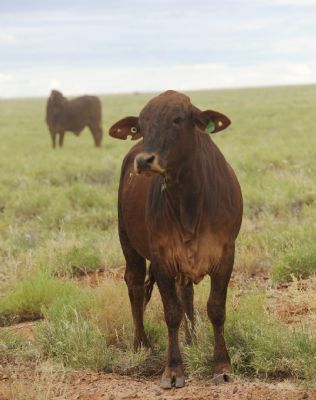MEAT and Livestock Australia has overcome significant obstacles to post a strong end-of-financial year position.
Despite the high Australian dollar, an uncertain global economy and a suspension on live cattle exports to Indonesia, the company's financial position remains strong.
The producer-owned service company highlighted achievements in growing exports to non-traditional markets and the overall worth of the Australian red meat industry in its 2010-11 annual report, released last week.
MLA managing director David Palmer put the result down to "prudent financial management".
"We recorded a surplus of $0.9 million that took our total retained surplus to $56.4 million," he said.
"Expenditure decreased 2.5 per cent to $166.5 million, with more than $76.1 million spent on research and development and $90.4 million on marketing programs."
"Our investment into growing demand for red meat increased by $0.8 million while investments in increasing productivity declined by $3.8 million."
Total revenue decreased 2.6 per cent to $167.4 million with levies income down to $96.1 million.
Outgoing MLA chairman Don Heatley said 2010-11 started well but "a series of natural and man-made disasters quickly took the wind from our sails".
While the livestock industry largely coped well with widespread flooding over summer, the earth quake and tsunami in Japan had devastating impact in a market that accounted for 23 per cent of total beef production, he said.
Favourable seasonal conditions contributed to an increase in red meat production in 2010-11.
The overall value of the industry edged higher to $16 billion, despite increasing input costs.






































































































































































